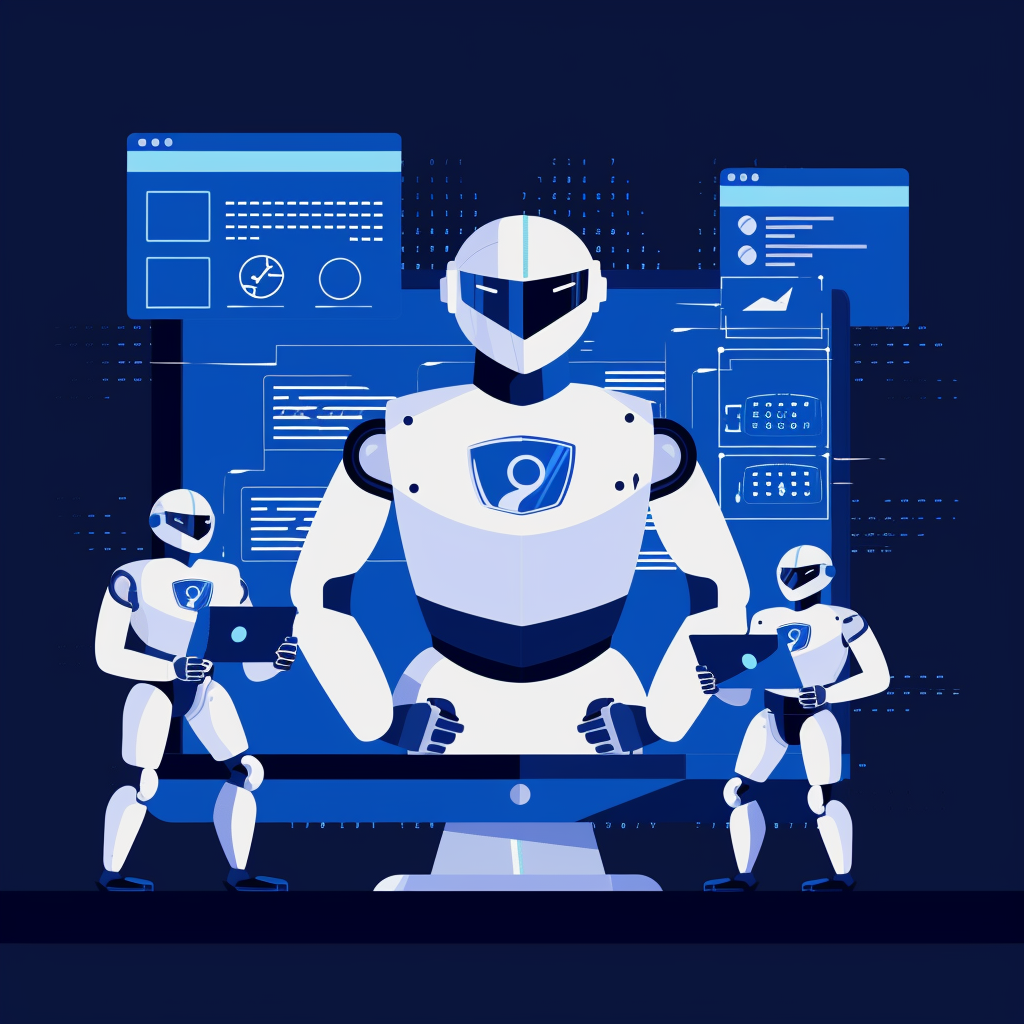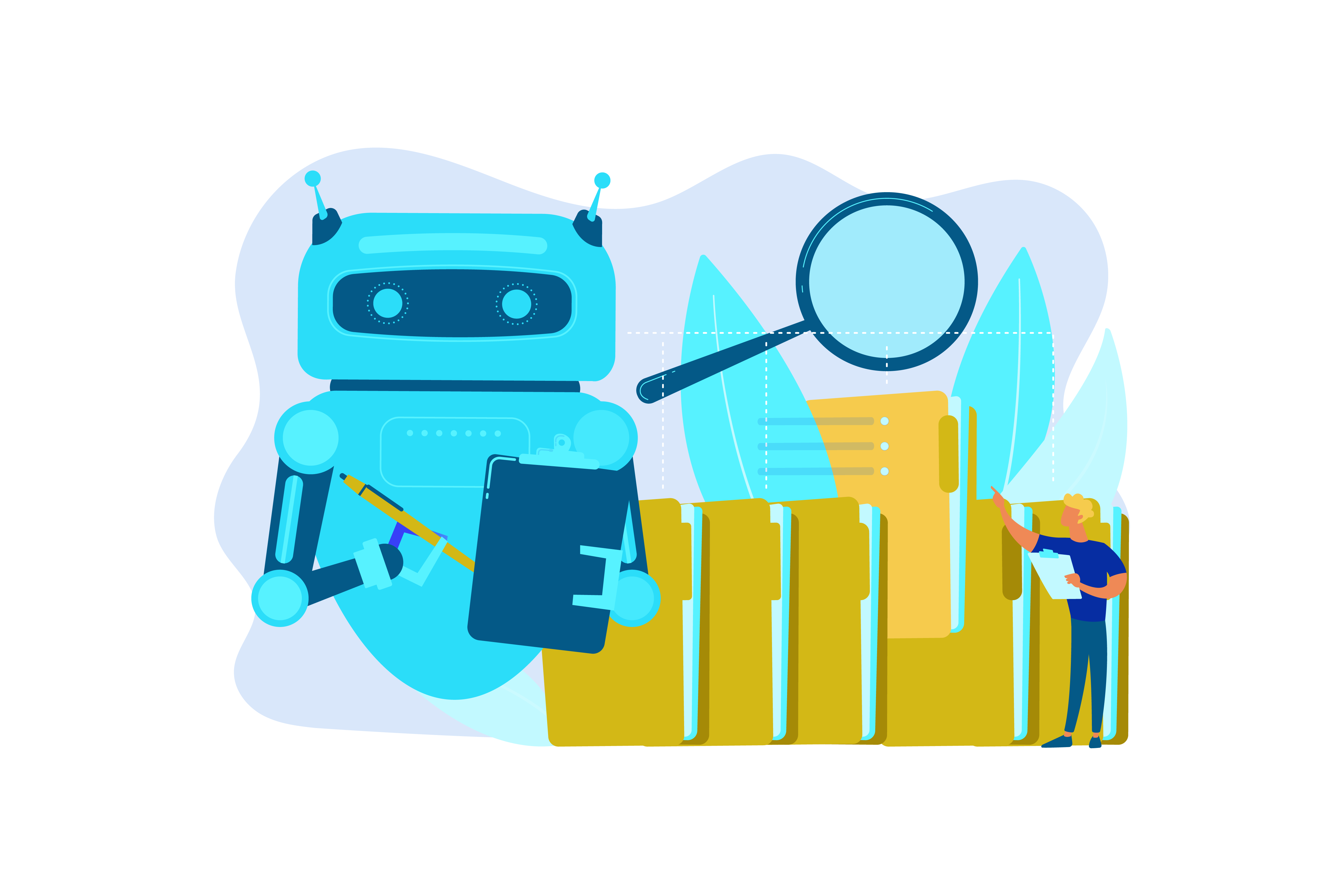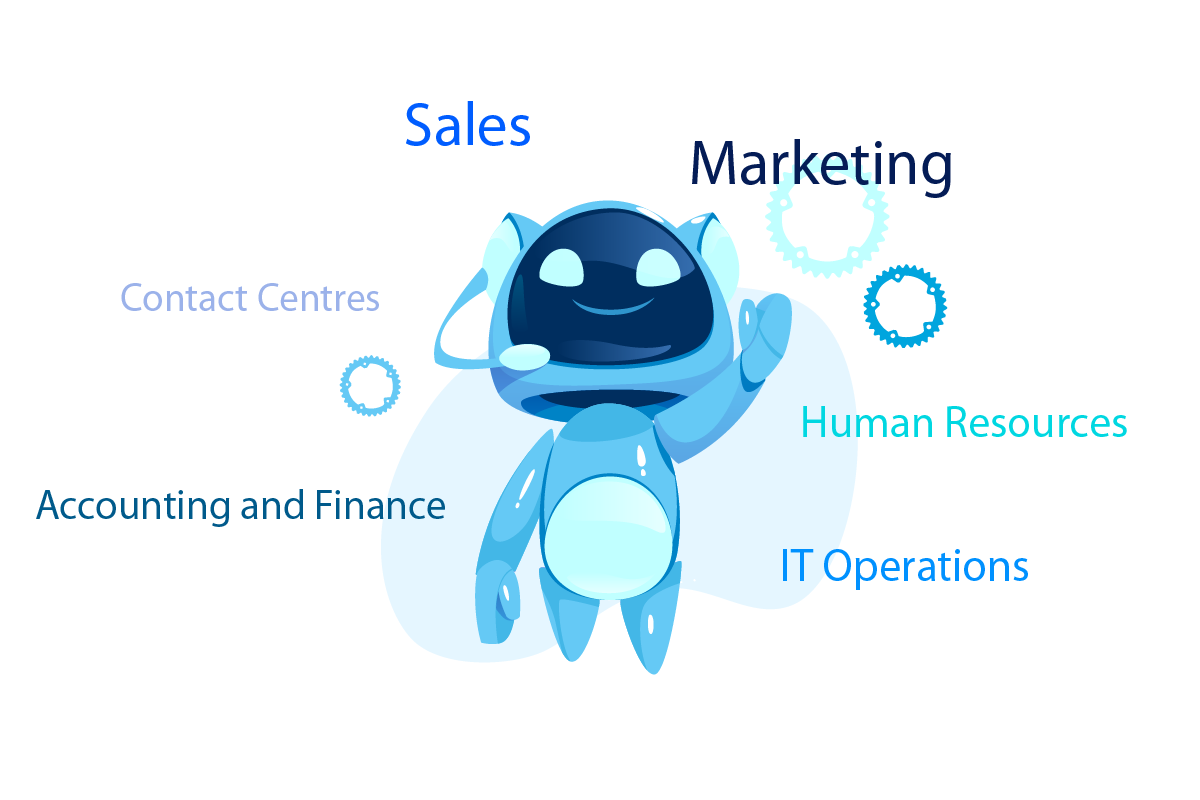Have you ever seen one of these videos in which a celebrity says something outrageous, and afterward, you find that the whole thing was faked? Welcome to the world of deepfakes—that groundbreaking and controversial AI technology that is fast restructuring our sense of reality. In 2023 alone, the number of such videos online increased by 900%, with social media estimated to host over 500,000 audio/visual deepfakes and voice clips. The infamous deepfake meme of Pope Francis in a puffer jacket and Donald Trump getting arrested in the streets of New York has gone ahead to really blow the distinction between true and false realities off the hinges.
But what are deepfakes, and how are they made? Deepfakes combine a highly sophisticated set of AI algorithms to generate ultra-realistic videos, audio, and images that can mimic anyone, whether a celebrity, politician or even your next-door neighbor. While entertainment purposes have included the resurrection of long-dead actors for movie productions, there are many times this technology has been weaponized to perpetrate fraud, misinformation, and geopolitical manipulation. A good showcase of deepfake manifestations threatening human existence was in 2022 when a video of Ukrainian President Volodymyr Zelenskyy emerged on social media urging his troops to surrender.
Diving deep into the mechanics of deepfake technology, we will examine widespread applications across human endeavors, as well as the ethical and societal challenges it poses. If you are a tech enthusiast, a business leader, or simply a curious mind wanting to know about the future of AI, this guide is about to give you the knowledge needed to steer through the troublesome deepfakes world.
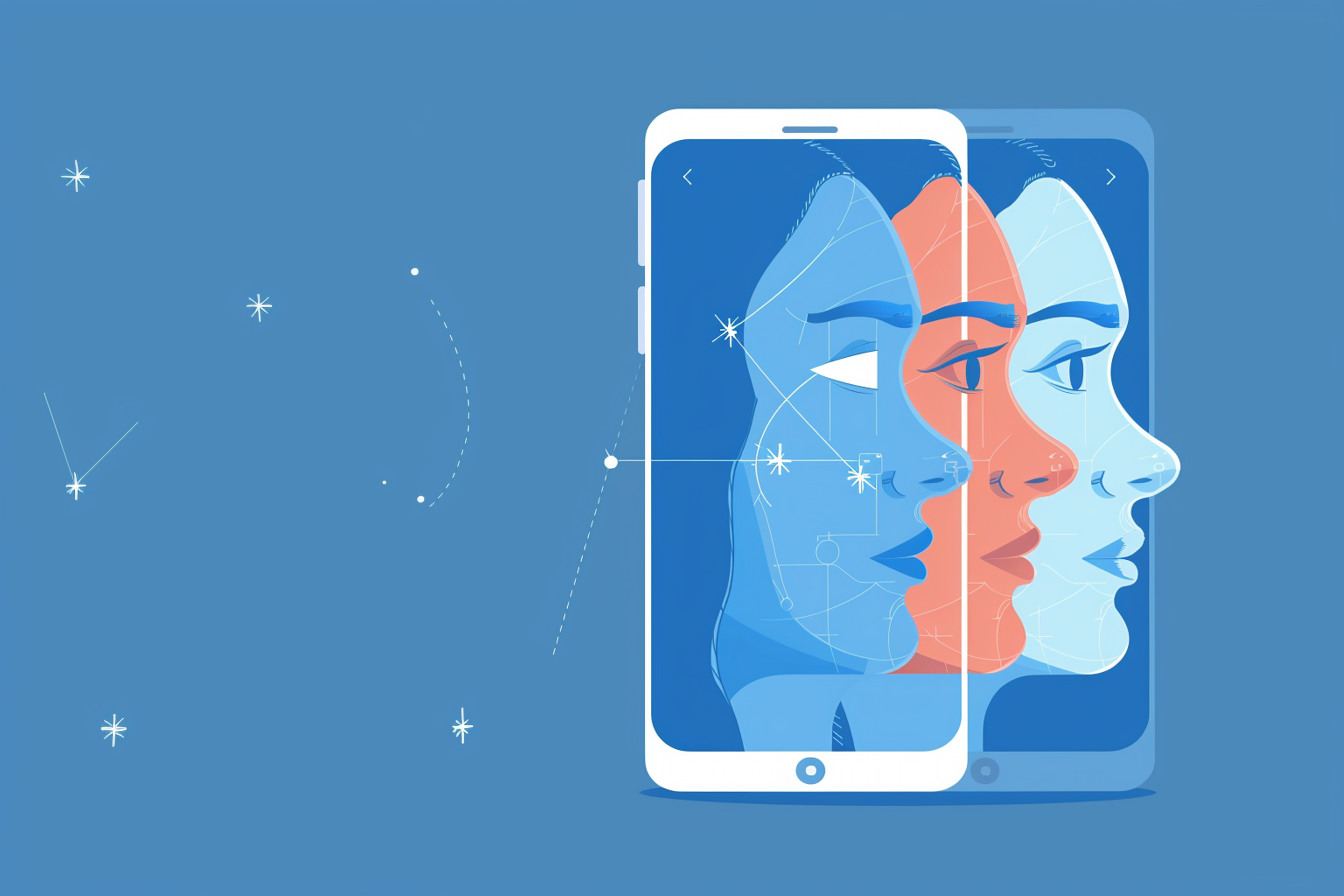
What are Deepfakes?
Deepfake Definition
The term “deepfake” is a blend of “deep learning” and “fake,” which is a good way of saying that AI can do some very deceptive things with its sophisticated algorithms. Early attempts involved blending faces and creating fake voices. Like the parts of a technical masterpiece, what they did became the blueprint for the sophisticated technical deception of today.
Think of science fiction films with face-swapping or even video clipping. That’s exactly how deepfakes work. It is a groundbreaking technology that can and will be seen as disruptive. If you want to learn how AI can be used elsewhere, read our blog.
The Present State of Deepfake
Like many other AI marvels, Deepfake technology is undoubtedly a pioneer of the future. Imagine hyper-realistic characters in video games that are better than before or eye-catching pictures in your blog — the possibilities are endless! However, deepfakes pose just as many challenges as their parent technology, AI.
Deepfake AI technology uses artificial intelligence to create fake news or a fake action to make someone look like they’re doing or saying something they never did. Remember the fake video of the Obama speech that was created using special effects and exciting editing? This raises some serious concerns. We must tread carefully, avoid misinformation, and make sure that others do not hijack our movements.
Techniques of Deepfakes
AI-generated deepfakes rely on a few techniques to achieve their goals — check them out!
Source Video Deepfakes
Deepfake technology scrutinizes everything down to the smallest detail, including facial expressions, body language, tone of voice, and even the slightest mood swings. With a little imagination, creativity, and AI tools, you can make AI videos that give the impression that a person from the original video is doing things that they didn’t actually do. It’s a high-tech copying job where the encoder provides the main ideas, and the decoder simply “captures” them into the new video footage.
Audio Deepfakes
Let us now look at a more complex subject, namely sound. “Generative Adversarial Network,” or just “GAN” for short, can imitate any voice. The device recreates the voice in the original speech pattern and tone, allowing you to clone the voice and make it say anything you want.
Lip Syncing
Have you ever seen a video that looks like a person speaking perfectly synchronously with speech? This is like lip-syncing. It’s when you combine your own voice with images to give the impression that the person on screen is the one speaking. And if you then add a few fake sounds, you get a perfectly disguised fake. It’s like the icing on the cake of deception.
Digital Twin vs. Deepfake Technology
You probably would not associate these two trendy technologies with each other at first glance, but let us introduce their similarities and differences.
Digital twins are virtual clones of real things, such as machines or systems, that are duplicated to simulate in the virtual world how they behave in real life. In contrast, deepfakes use AI and machine learning to create videos of real things doing stuff they didn’t actually do.
But here’s where it gets interesting: one cause for concern is digital twins exposed to manipulation by deepfake technology. What if you could get a digital copy of a machine in a factory and use that copy to test different settings before applying them to the actual machine? The person can use deepfakes to change them so that the machine appears impaired in its behavior. This is very concerning in industries where perfection is required, such as manufacturing or healthcare.
Think about it: the healthcare industry has many opportunities to leverage digital twin technology, but if a company gains unauthorized access to a patient’s digital twin data, the world could face a situation where incorrect diagnoses and treatments are made. Deepfake AI technology is a dangerous game. Imagine deepfakes being used in political smear campaigns or to spread fake news. In such a scenario, the whole idea of digital twins would become very questionable, as such technology can easily be used for dishonest purposes.
Best Deepfake Tools
-
DeepFaceLab
This is one of the most popular and powerful deepfake creation tools used by researchers and hobbyists alike. It has advanced features for face swapping, de-aging, and image manipulation, thus making it a prominent name among those who seek precision.
-
FaceSwap
It is an easy-to-use, open-source tool for making high-quality deepfakes. With tutorials and guides, it is a good option for beginners who want to explore deepfake technology ethically and responsibly.
-
Reface App
Ideal for casual users, this mobile app allows for quick and fun face swaps in videos and GIFs. With an intuitive interface, it has gained popularity on social media for entertainment purposes.
-
Zao
Zao is a Chinese-based deepfake app that enables users to replace faces in famous movie scenes within seconds. Its quick processing capabilities have made it a viral sensation, though concerns about privacy persist.
-
Avatarify
This tool enables users to animate photos in real time. It’s often used for virtual meetings and creative projects and is known for its impressive real-time face animation capabilities.
-
MyHeritage Deep Nostalgia
Specializes in bringing historical or family photos to life by animating faces with natural expressions. It’s a sentimental favorite among genealogy enthusiasts.
-
DeepNude
An infamous deepfake tool, often noted for immoral uses, serves as an example of how such technology can be misused. The initial release of DeepNude, a tool that generated entire human-body nudes from ordinary photos, was shut down, showcasing the need for responsible AI implementation.
-
Deep Art Effects
The tool’s main focus is AI-oriented image editing, including style transfers and artistic alterations. It can utilize deepfake elements for interesting projects.
These tools range from high-end applications to simple mobile applications, illustrating the versatility of deepfake technologies for creative, research, and entertainment endeavors. Responsible utilization is of primary importance in upholding ethical values.
How Do Deepfakes Work?
Deepfakes apply an artificially intelligent algorithm, known as deep learning, to virtual media that can use all kinds of tricks to alter them.
This sophisticated form of machine learning starts by using intelligent neural networks to process information from a pool of vast amounts of data. In deep learning, these neural networks are trained on a huge gallery of images and video clips, including the target’s face. They learn an astonishing amount from the person’s behavior, e.g. how they laugh, cry, or even how they style their hair.
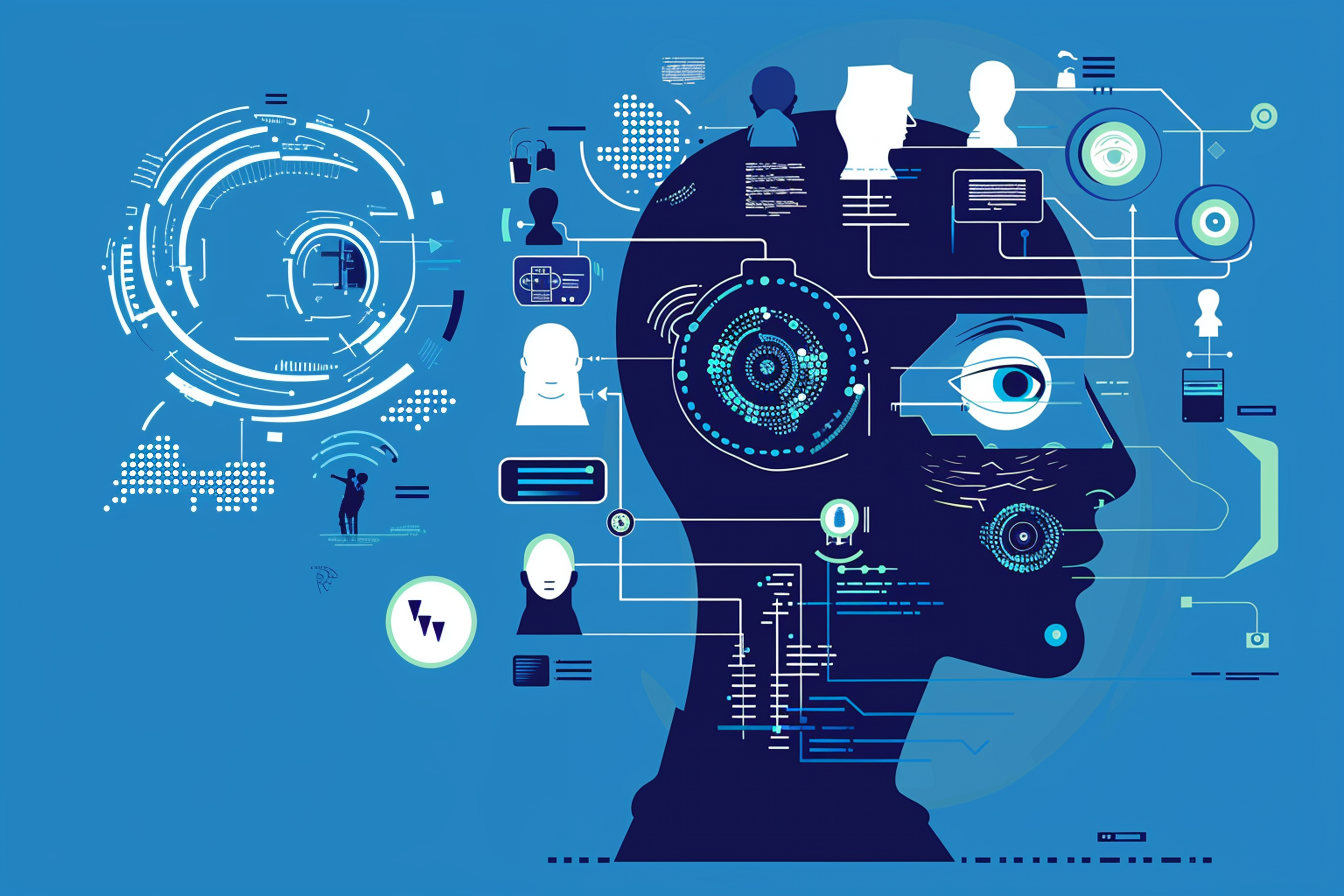
When these networks operate, they can produce new images and videos that appear incredibly realistic to the human eye. You randomly show it a picture or video of a face and surprise! They cleverly swap out the image the person has in their head for another person’s face.
Next, let’s take a closer look at the technical aspects of the changeover. Deepfakes AI technology is getting better, thanks to a few key components.
- GAN Neural Architecture—This is called fiddle space. It is the essence of something that no other device can do: a joint effort of generators and filters that make magic possible.
- Convolutional Neural Networks (CNNs)—These kinds of tech are already so advanced that they can spy on unusual events, taking into account the finer details such as facial recognition and motion tracking.
- Autoencoders—They explore and interpret subject matters “from deep inside,” extracting facial cues and body movements. From there, that “intel” is used to develop original video content.
- Natural Language Processing (NLP)—This technology not only analyzes the auditory characteristics of speech but also creates texts that sound natural by using the linguistic mannerism of the voice.
- High-Performance Computing—Recreating masterful deepfakes requires so much computing power that the task can only be accomplished well with the help of high-performance computers. Learn more about computer vision to understand how it can also be applied to create deepfakes.
What are Deepfakes Used for?
It’s incredible how easy it is to make a few deepfakes today. You do not have to have any experience with the technology or be a computer expert. You can create a deepfake in the same amount of time it takes someone to brew a cup of coffee.
According to the startup Deeptrace, almost 12,000 deepfake videos were circulating online at the end of 2019. But get this: surprisingly, it only took nine months for the number of cases to rise exponentially to more than 14,678. And believe us, it’s been going up ever since. This is not a new outbreak like an everyday epidemic, but an online epidemic that will never heal.
Let’s talk about where deepfakes can be applied.
Creative Exploration
Artists are taking the lead and altering existing artworks using deepfake algorithms to create new masterpieces, especially in music.
Integrity Breaches
Deepfake AI technology may seem harmless, but it also has a sinister aspect. It has been used to ruin people’s reputations or blackmail them using fake and scandalous videos. This shows that technology is a double-edged sword that easily exposes people to abuse.
Telecommunication Personalization
Have you ever called customer service and knew you were talking to a machine? Thanks to deepfake technology, realistic interaction between AI and humans is now possible, with associated apps able to respond with an enhanced, human-like voice and emotions, adding a personal touch.
Automated Customer Assistance
Customer service also falls within deepfake’s purview. Deepfake techniques are among those that help customer service. The support systems can handle account inquiries or complaints by pretending to be a real human, but they never get tired or get teary-eyed like humans.
Entertainment Evolution
Not only students but also the film industry harnesses the power of deep fakes by changing voice tones or faces for complicated scenes/post-production processes. Does anyone remember the unforgettable guest appearance of Dwayne “The Rock” Johnson as Dora the Explorer on ‘SNL’? It was deepfake AI technology that the audience quite enjoyed.
Examples of Deepfake Technology in Action
Positive Uses
- Entertainment Industry:
Deepfake technology is widely used to recreate an actor’s appearance in younger versions or posthumous performances in movies and TV shows. For example, the character of Grand Moff Tarkin was digitally recreated in Star Wars Rogue One. - Marketing and Advertising:
Brands use deepfakes to create personable and engaging ads. For instance, using AI-generated avatars to convey messages aimed at particular audience segments increases user engagement. - Education and Training:
Deepfake technologies can recreate real-life scenarios for training, like virtual tutors or realistic simulations for medical students and emergency responders.
Negative Uses
- Misinformation Campaigns:
Deepfake technologies helped artificially create images and videos and circulate fake propaganda. Infamous examples include deepfake videos released recently that depict former US President Obama to illustrate the technology’s ability to mislead. - Fraud and Scams:
In 2019, criminals used deepfake audio of a CEO to trick a company executive into transferring $243,000 to their controlled account. - Reputation Damage and Blackmail:
Individuals have faced harassment due to manipulated deepfake content, such as fake pornographic videos created without their consent.
By understanding the positive applications and dangers of deepfake technology, society can embrace innovation at once while also preparing itself for ethical challenges.
Deepfake Threats
Deepfakes are quickly making headlines, and rightly so. They have become a breeding ground for falsehoods, fake news, and even malicious messages. Individuals are already using deepfakes to impersonate others in extremely compromising situations or to spread fake information to cause confusion.
This has led to a hunt for detection equipment to stop the perpetrators. On top of this, people are starting to think about the ethical and legal tricks that deepfakes entail.
The scary thing is that deepfake AI technology has already gone far beyond counterfeiting movies and video games. It’s being used to create fake videos of high-profile executives, causing chaos in the stock market and staining impeccable or powerful reputations. Even some online scams have taken on a high-tech look. Scammers use in-depth fakes to trick you into handing over your money while posing as your loved ones or colleagues.
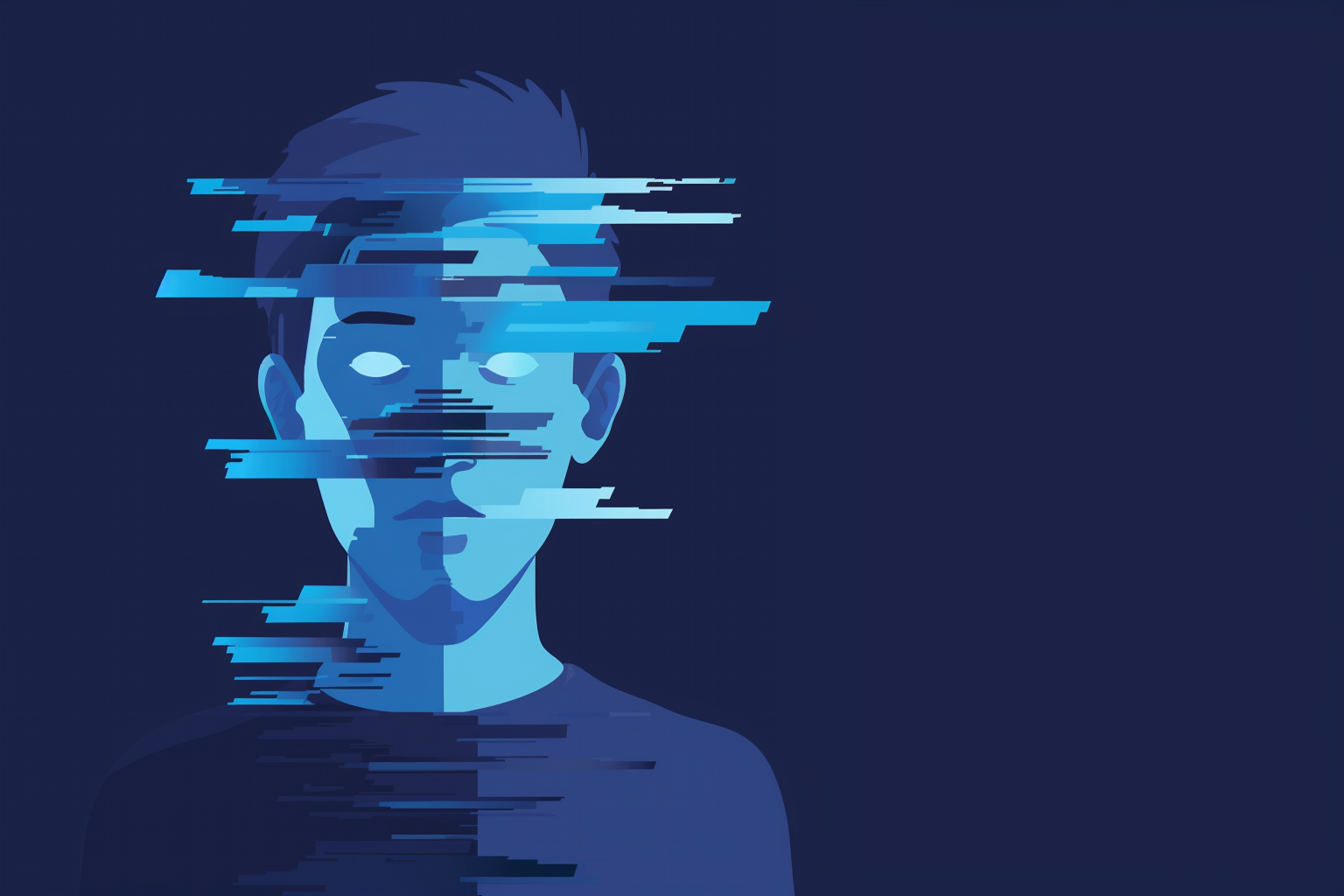
The inclusion of politics in this list is no less important. Deepfakes are favored by those who stir up trouble by making speech appear fake or falsely sanctioned. It’s like a walk on the edge, with dire possibilities.
In 2022, a video that made its way through online media claimed to be a speech of the Ukrainian president, Volodymyr Zelenskyi, calling on his soldiers to submit to the enemy. Imagine what effect this might have on the masses if they believed it. This is the best proof of how bad the situation can be when there is fake news.
The more details you leave online, the more vulnerable you are to deepfake threats. Deepfake videos or images can make it appear that a person is in an exploitative situation. And since the emergence of photoshopped nude pictures of Taylor Swift on social media, the worst threats are becoming more common.
Not long ago, there was a shocking case in which a junior employee of a multinational company was swindled out of a gigantic sum of $25 million. The fraudsters disguised themselves superficially and used deepfake technology to pretend to be the CEO and other employees during a Zoom meeting. The whole operation was very technical. They swapped the faces of several people via deepfakes so that the employee didn’t notice the fraud at first.
So, deepfakes began as entertainment but are becoming a far-reaching problem with consequences that cannot be ignored. It’s time for us to be wise and truthful and stop believing everything the online world presents us.
How to Create Deepfakes: The Technical Process
Creating deepfakes is like a three-step dance that begins with data collection. Let’s take a closer look at each step!
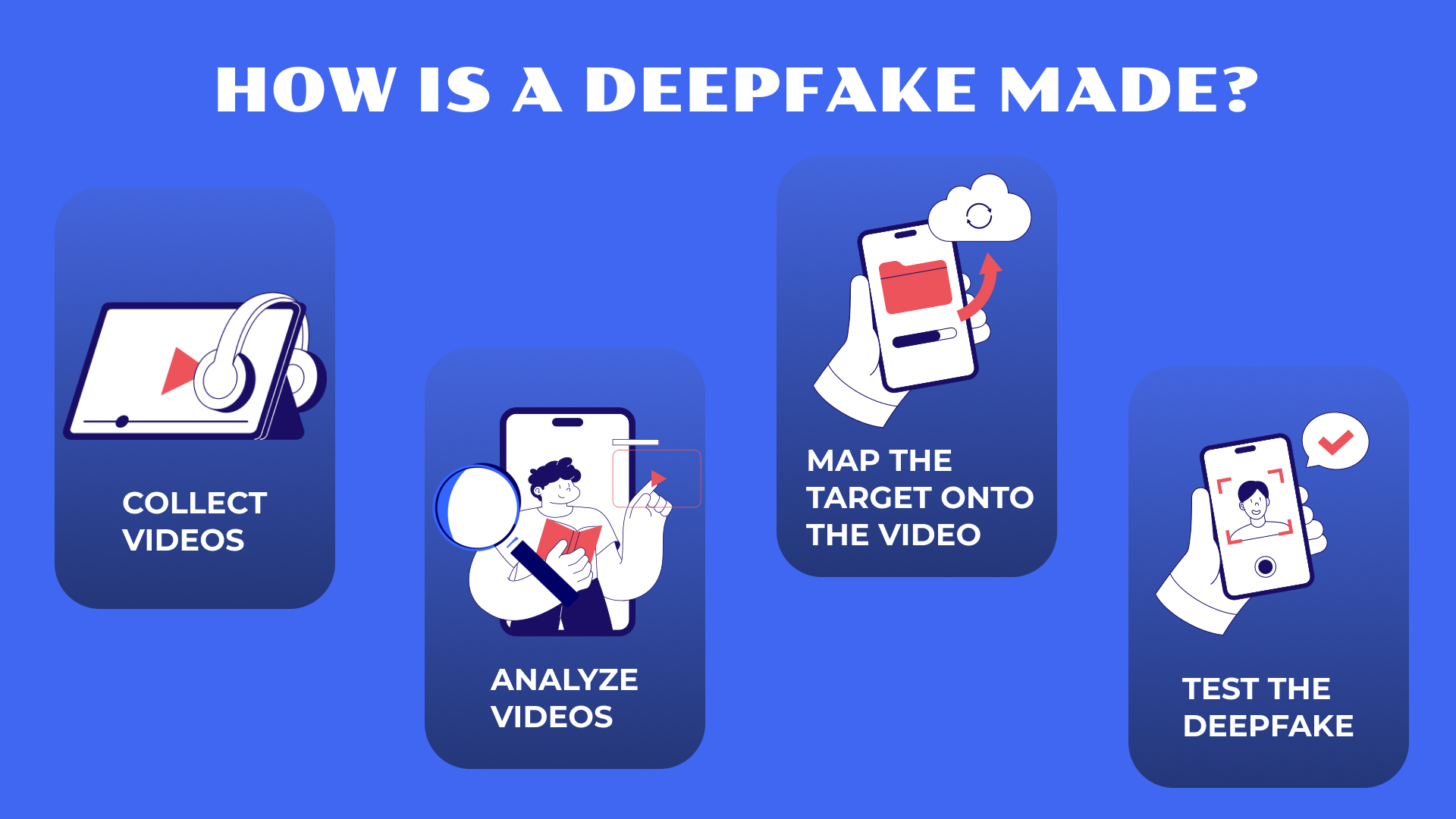
Step 1: Data Collection
Usually, the first process you need to perform is to collect a lot of data about the person you want to alter with deepfake AI technology. So, think about snapping great photos and shooting videos all day long. The more accurate and nuanced the data is, the more lifelike your deepfake will be.
Step 2: Training the Neural Network
This is where the beautiful magic happens: different parts come together to create a whole. You send all this data to a neural network, which learns for itself to imitate the person who is the target, much like a student studies and copies an experienced teacher. It’s like bait for an imitation that uses transfer learning and fine-tuning to get the final polish.
Step 3: Generation and Refinement
Once the machine learning algorithm has been trained, it gets to work. It can generate fake content that perfectly matches the persona’s communication modes, whether speaking or facial expressions. But wait, there’s more! The final stage of image stitching, known as post-processing, ensures that this look is completely believable. Post-processing specializes in eliminating any remaining problems and making the creation of the deepfake as convincing as possible.
If you are more interested in building an AI system from scratch, we have a guide for you. Read it to understand the structure of this advanced software in detail.
Recent Developments in Deepfakes
Deepfake technology is now so advanced that it is difficult or even impossible for a human being to distinguish between real and fake stimuli. And it’s not limited to IT specialists. Today’s technologies for creating deepfakes are so user-friendly that even people with only rudimentary knowledge can use them to create manipulated content.
Samsung’s MegaPortrait is a good example of this. They have developed software that makes it possible to turn a single photo into a complete deepfake video with additional effects for the production manager. It’s just like you would imagine in a science fiction movie. Another great example is Reface, a Ukrainian startup that is storming up the charts in the App Store. Anyone can use it for entertainment.
There is a new approach to “few-shot learning” where you can use a single photo and create a deepfake. This changes privacy but also raises significant concerns about the level of de facto forgery that can be done through these deepfakes.
Besides, all the models for synchronizing audio and video data have achieved an accuracy of around 81%. This means that deepfake technologies have an enviable level of accuracy. That’s just a glimpse of what deepfake technology can already do, and it’s likely to do even more in the near future.
Tips to How to Identify Deepfake Videos
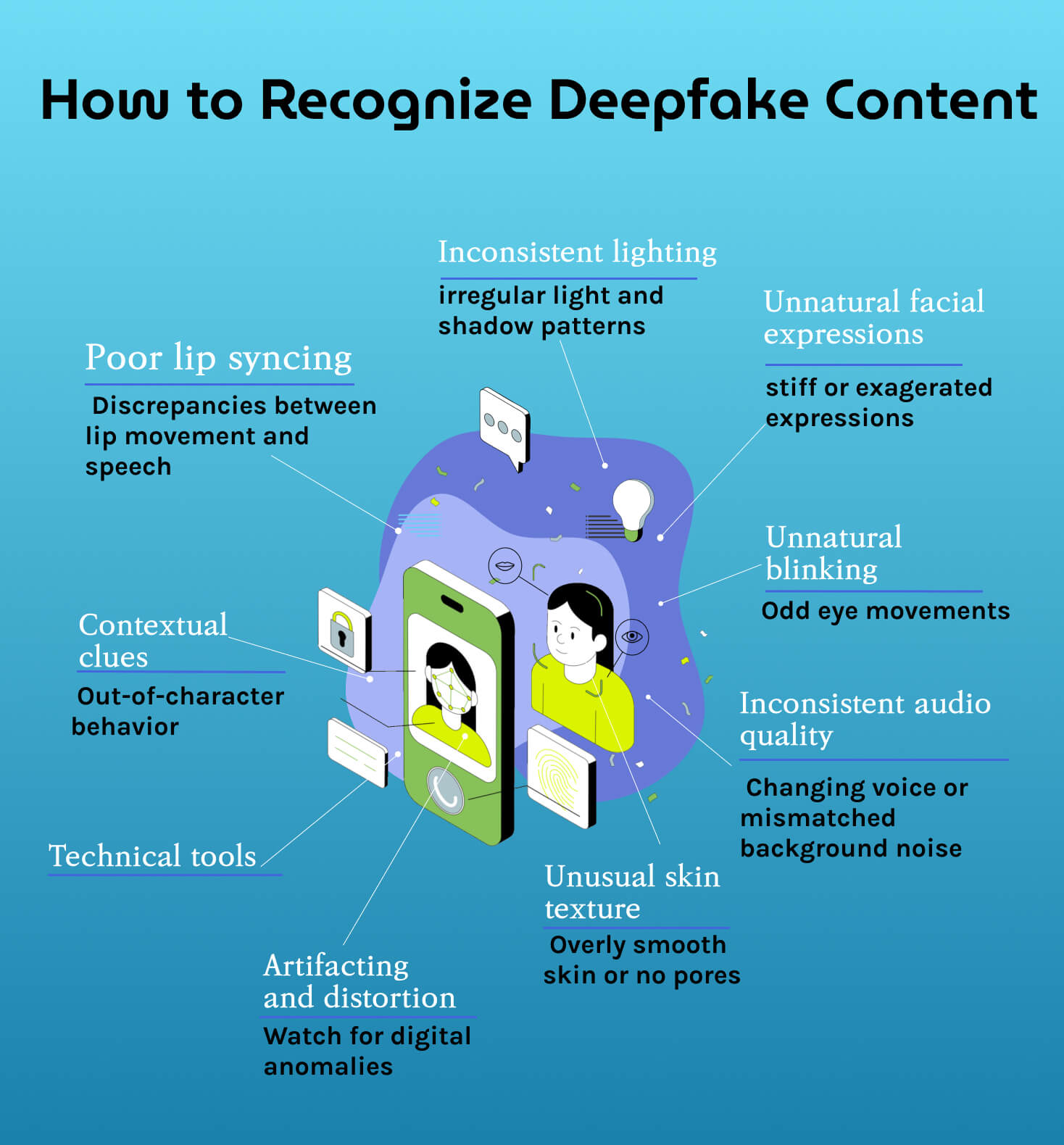
Here are some tips to help spot deepfakes:
- Check for inconsistencies. Pay attention to the lights, the shadows, and any background that doesn’t seem quite right.
- Look for distortions. Watch out for wild moves or strange deformations, especially around or at the edges of the person.
- Observe facial movements. Deepfakes are often unable to reproduce the natural movements of the face. So, if the face looks artificial and has strange or uncanny gestures, especially around the eyes and mouth, this should raise your suspicions.
- Listen to the audio. Deepfake AI technology can sometimes be recognized by the fact that a voice sounds wrong or doesn’t match the lip movements in the video. This could be a sign of a deepfake.
- Use technology. AI-powered tools have been developed to detect deepfakes. If you are wondering whether a video clip is authentic, try using them.
- Verify the source. When dealing with video content, always pay attention to the reliability of the source. Whenever something seems suspicious – it’s better to think twice than to regret it.
User-Friendly Deepfake Detection Tools
-
Deepware Scanner
An amazing mobile application that investigates videos and audio files for probable deepfake content. Users receive a detailed report on the authenticity of any said media. For a journalist, researcher, or an ordinary user concerned about misinformation, it becomes an indispensable tool.
-
Sensity AI
One of the most advanced deepfake video detection platforms, Sensity AI provides very fast analysis to businesses, governments, and media organizations. It quickly and accurately uses advanced artificial intelligence (AI) algorithms to detect manipulated media.
-
Microsoft Video Authenticator
Developed by Microsoft, this tool analyzes images and video content to determine the probability that they have been artificially manipulated. It provides confidence scores to help users assess authenticity.
-
Reality Defender
An AI-powered tool designed to integrate seamlessly with websites and platforms, Reality Defender automatically detects and reports fake media, providing real-time protection for users.
These tools empower users to navigate digital content more safely, fostering a more transparent and trustworthy online environment.
Takeaways
To sum up, deepfakes represent both a great potential and a threat to society. However, they have become an integral part of our lives, so we must adapt to their presence. As many of us are afraid of being misled by this technology, many deepfake detection apps have appeared.
If you are an entrepreneur looking to develop your own deepfake software or deepfake detection app, the AI experts at LITSLINK can help. Contact us to find out more about our AI services!


